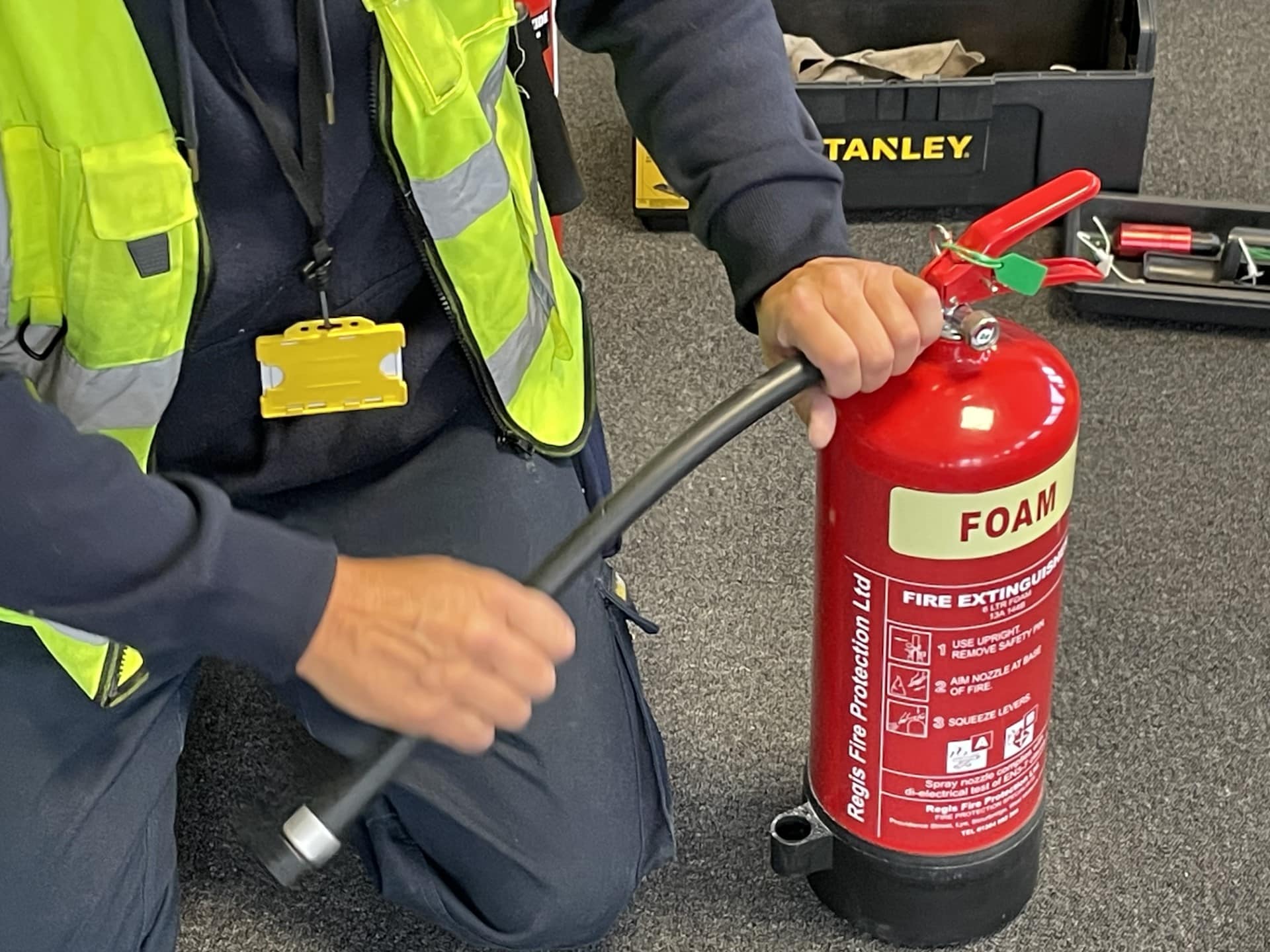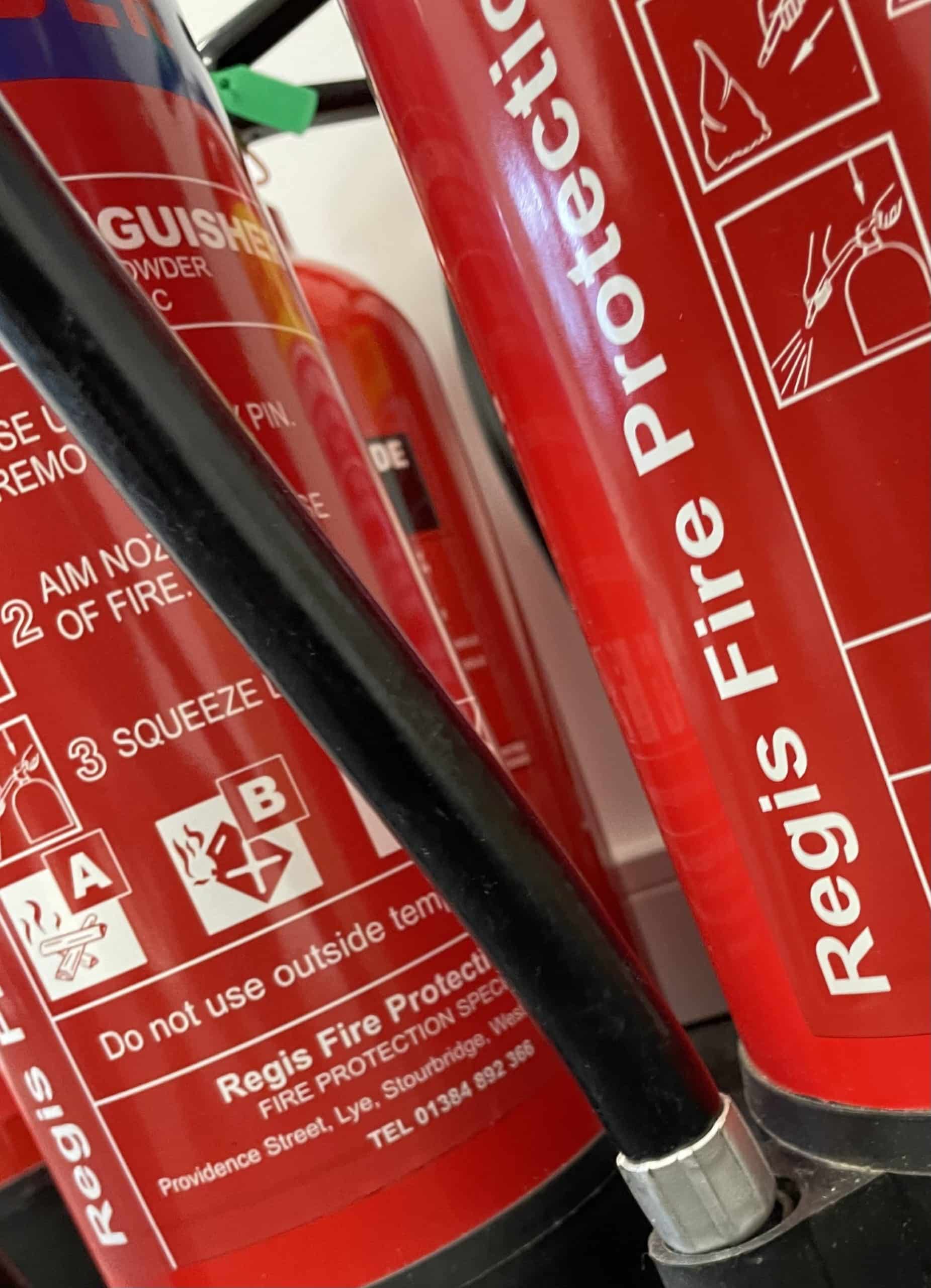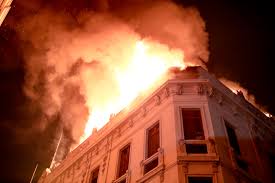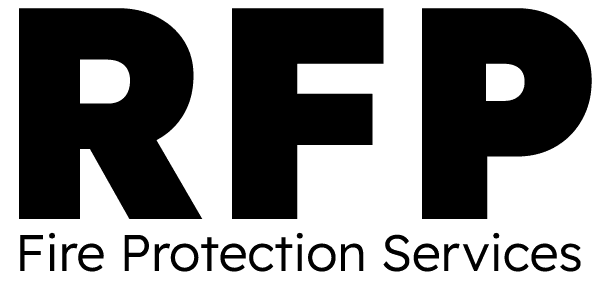
Fire Risk Assessment
The Regulatory Reform (Fire Safety) Order 2005
With the implementation of the Regulatory Reform (Fire Safety) Order 2005, the issuance of fire certificates has been discontinued. Instead, the responsibility now lies with the 'Responsible Person' to take the necessary measures to prevent fires and ensure the safety of building occupants in the event of a fire.
The First Step is a Fire Risk Assessment
The initial step is to conduct a Fire Risk Assessment for your premises. Whether you already have an existing assessment or not, we offer our assistance. It's crucial to keep this assessment regularly reviewed and updated when necessary.
Best practice dictates that your current fire risk assessment should be periodically revised to account for ongoing changes in building structure, occupants, and other relevant factors. If your organisation employs more than five individuals, it's essential to document this assessment.
Our Qualified Fire Risk Assessors
Our managers are highly qualified, holding certifications such as IFSM (Institute of Fire Safety Managers), NEBOSH National Certificate in Fire Safety and Risk Management, or CPOA Diploma. Additionally, they are graduates and members of the Institution of Fire Engineers (IFE). These qualifications and affiliations underscore their expertise and commitment to fire safety and risk management.
Do I need a fire risk assessment?
According to current fire safety legislation, specifically the Regulatory Reform (Fire Safety) Order 2005, the duty for ensuring fire safety in non-domestic premises rests with the 'Responsible Person' or the individual who exercises control over the premises. This 'Responsible Person' is responsible for making adequate provisions to ensure the fire safety of all individuals within the premises, including employees, visitors, and any relevant persons, whether they are temporary, paid, or unpaid staff.
Under this legislation, all employers are mandated to conduct their own fire risk assessment. If there are more than five employees, this assessment must be documented.
Are you the designated 'Responsible Person'? If you own, lease, or occupy a business or other non-domestic premises, you bear the responsibility for fire safety, and you are officially referred to as the 'Responsible Person.' In Scotland, this role may be termed the 'Duty Holder,' while in Northern Ireland, it could be referred to as the 'Appropriate Person,' but they all hold the same responsibilities.
Failing to comply with the law can lead to legal consequences for the 'Responsible Person.' Therefore, it is crucial for the 'Responsible Person' to have a fire risk assessment in place, and this assessment should be carried out by a qualified 'Competent Person.'
How often do I need a Fire Risk Assessment ?
Whether you already have an existing fire risk assessment or not, our assistance is available to you. It's crucial to periodically review and update this assessment as needed.
All of our fire risk assessments are conducted in strict compliance with the current legislation, which is the Regulatory Reform (Fire Safety) Order 2005. We base our assessments on the PAS 79 template.
Our team of fire risk assessors boasts impressive credentials. They are either Members of the Institute of Fire Safety Managers (IFSM), hold NEBOSH certifications in Fire Safety and Risk Management, have completed CPOA Diploma training, are graduates, and are also members of the Institution of Fire Engineers (IFE).
What do I receive after the Assessors visit?
After our fire risk assessor has completed their visit, you will receive a detailed report through our online software system called FCS Live. This report will include a thorough written assessment of observations, recommendations, photographic evidence, an executive summary, and an action plan for your reference.
What happens if I don’t have a fire risk assessment?
It is your legal obligation to ensure the safety of your business and employees from the potential hazards posed by fire.
In instances where a fire risk exists but is not being adequately managed, fire authorities are bound by statutory duty to enforce compliance with regulations, and they may issue a notice to that effect. In severe cases, non-compliance can lead to prosecutions, fines, and, in the worst-case scenario, imprisonment.
Do not jeopardise the safety and well-being of your employees, visitors, or the emergency services that may need to respond to a fire incident at your site. Prevent the significant disruptions to your operations and potential penalties that could be imposed under the regulations by taking action now. Please don't hesitate to reach out to us today for guidance and advice!

Emergency Evacuation
Safe Fire Evacuation is a legal requirement
Ensuring the safe evacuation of all individuals, including those with impairments, during an emergency is a legal mandate. There is a common misconception that the responsibility for evacuating individuals from a building falls on the emergency services. However, this is not the case. The obligation to ensure safe evacuation rests with the building owner, occupier, or the designated responsible person.
Who is responsible for fire evacuation?
Under current legislation, the Fire Service is no longer tasked with ensuring workplace safety. The primary responsibility now rests exclusively with the 'responsible person.'
The onus is clearly on building management or service providers to establish appropriate procedures for evacuating all occupants. The 'responsible person' must appoint an adequate number of 'competent persons' to execute procedures in case of an emergency evacuation from the premises. This requires the development and implementation of a comprehensive fire emergency evacuation plan.
What is a Fire Emergency Evacuation Plan?
A fire emergency evacuation plan is not only a best practice but also a legal requirement. Typically, it is a written document that outlines the actions to be taken by all staff and designated individuals in the event of a fire, along with procedures for contacting the fire brigade.
For smaller premises, a simple fire action sign placed in accessible locations where staff and relevant individuals can read and understand it may suffice.
However, high-risk or larger premises will necessitate a more comprehensive emergency evacuation plan that takes into account the findings of the fire risk assessment. This plan should address staff members at significant risk and their specific locations within the premises. Additionally, clear and concise notices with instructions for fire-related routines should be prominently displayed.
With our extensive experience, we are well-equipped to develop emergency evacuation plans tailored to various types of premises across different sectors.
Evacuation Chairs
In the event of a fire emergency that involves disabled individuals in your building, it is essential to know how to respond appropriately. Avoiding the issue by preventing disabled people from accessing your premises is not an acceptable solution, nor can it be left solely to the emergency services to handle upon their arrival.
The 'responsible person,' which could be the business owner or building manager, is legally obligated to ensure the safe evacuation of disabled individuals during an emergency. It's crucial to understand what the law mandates in this regard and take the necessary steps to comply with these legal requirements.
Do you have a Fire Evacuation plan?
Developing an effective escape plan begins with conducting a Fire Risk Assessment. This assessment will outline the requirements you need to fulfil and provide recommendations on how to meet them. We are here to assist you with conducting the Fire Risk Assessment.
Furthermore, we can help you implement your plans, which may involve acquiring evacuation equipment such as evacuation chairs and rescue sheets. These solutions offer both safety and cost-effectiveness, ensuring efficient evacuation of mobility-impaired individuals from buildings, whether on upper or lower levels.
We serve as your comprehensive source for fire safety. In addition to our array of services, we can directly supply you with evacuation chairs and rescue sheets. Moreover, we offer service and maintenance contracts to ensure the longevity and reliability of your equipment.
Should you require training, we conduct courses on using this specialised equipment during emergencies. We highly recommend this for customers who are new to evacuation procedures and equipment, as being prepared during stressful situations is invaluable.


